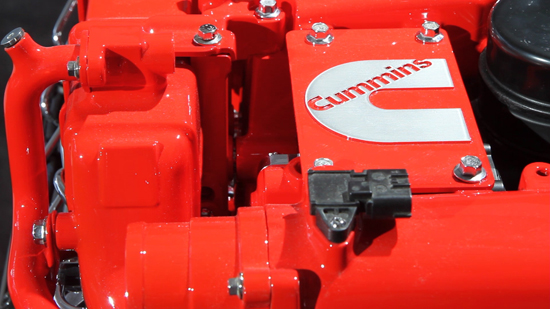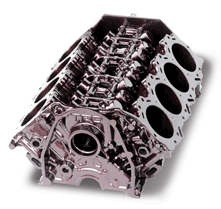 All Entries in the "Diesel Tundra" Category
All Entries in the "Diesel Tundra" Category
Autoguide Tundra Cummins Diesel Rumor – Plausible
As many of our readers have probably heard by now, Autoguide is claiming that the 2016 Tundra will come with a Cummins diesel engine. While Tundra diesel rumors are a dime a dozen it seems, this rumor may have some merit. Here’s why.

Could a Cummins diesel really be in a Tundra?
Search terms people used to find this page:
- tundraheadquarters
Toyota Tundra Cummins Diesel – Fact or Fiction
The latest hubbub has been all over the forums and automotive news sites about Toyota considering a Cummins diesel engine. While it has been fun watching the all the buzz, it is time for us to weigh in. I talked with Toyota’s national brand manager, here is the real deal.

All the buzz lately is around a Cummins diesel coming to a Toyota Tundra. Fact or Fiction?
Search terms people used to find this page:
- tundraheadquarters
Why Don’t Diesel Engines Sell in The USA?
Diesel engines are superior to gas engines in a few critical ways:
- Diesel engines are more efficient due to the thermodynamic benefits of their higher compression ratios
- They’re much more durable – diesel engines commonly run 2-3 times longer than a comparable gas engine
- They put out more torque for any given RPM than a similarly sized gas engine, meaning that a tiny little diesel engine can power a small car very efficiently (Ford’s euro-spec Fiesta diesel gets 60+ mpg with a 1.6L motor)
Point #1 and #3 are very important, as they are the main reasons that diesels are so popular around the world. In Europe, for example, about 50% of the vehicles (be they tiny little commuter cars or big trucks) are powered by diesel. Considering that the average cost of fuel in most Western European countries ranges between $6-8 per gallon (1.27-1.72 euros per liter), the fuel economy benefits of diesel engines make them a very popular option.
Yet in the United States, diesel vehicles are barely 5% of the market. Why? What is it about diesels that people in the USA dislike?
The answer? Emissions rules, the “carbon penalty,” and a myriad of other smaller issues keeps diesels from selling. What follows is an attempt to explain – comprehensively – why diesels don’t (and probably won’t ever) sell at any substantial volumes in the USA.
Search terms people used to find this page:
- tundraheadquarters
CGI Engine Blocks and Half-Ton Diesels – What, How, and Why
Sometimes some of the most innovative design ideas rely on concepts that are actually very, very old. History is littered with theories, materials and feats of engineering that were patented long before their time, intriguing developments that simply were not capitalized on in their era for a variety of different reasons. One technology that falls under this general heading is compacted graphite iron.
Compacted graphite iron (CGI) was developed more than 60 years ago as a high strength alternative to standard gray iron. In fact, CGI is 75 percent stronger and stiffer than traditional gray iron, and it also offers better resistance to fatigue than both aluminum and gray iron. This strong and lightweight material was used only sparingly over the decades following its discovery, with applications including high speed train brakes and commercial diesel truck engines.

CGI Engine Block
In a more modern setting, CGI has found its way into the factories that produce premium luxury cars, such as those run by BMW and Audi who use the metal in a number of different engine designs. Jaguar and Hyundai have also adopted the use of CGI in several high performance applications. In the motorsports world, NASCAR has heavily adopted CGI technology, with the majority of teams using this material for their engine blocks which see some of the harshest abuse that a motor can take. Even TRD has gotten into the act, using a CGI block for its Craftsman series racing truck engine.
For half-ton truck owners, the most intriguing possibilities offered by compacted graphite iron relate to its potential in the lightweight diesel field.
Search terms people used to find this page:
- tundraheadquarters
Updating the Diesel Tundra Story
In what we hope will not be the last post we ever write about the subject, we’ve taken some time to create a page dedicated to the story of the diesel Tundra.
As you may or may not know, Toyota has flirted with the notion of building a diesel version of the Toyota Tundra for some time. Originally, Toyota’s plan was to attack the truck market with both a big powerful HD diesel Tundra AND a powerful yet fuel-efficient diesel version of the half-ton Tundra. Sadly, slow sales and a slow economy have halted these plans.
In what may be considered good news, we have it on high authority that Toyota has done more than just design a half-ton diesel – rumors of an actual working half-ton diesel Tundra seem to be legitimate (yet we have no photos).
Search terms people used to find this page:
- tundraheadquarters

